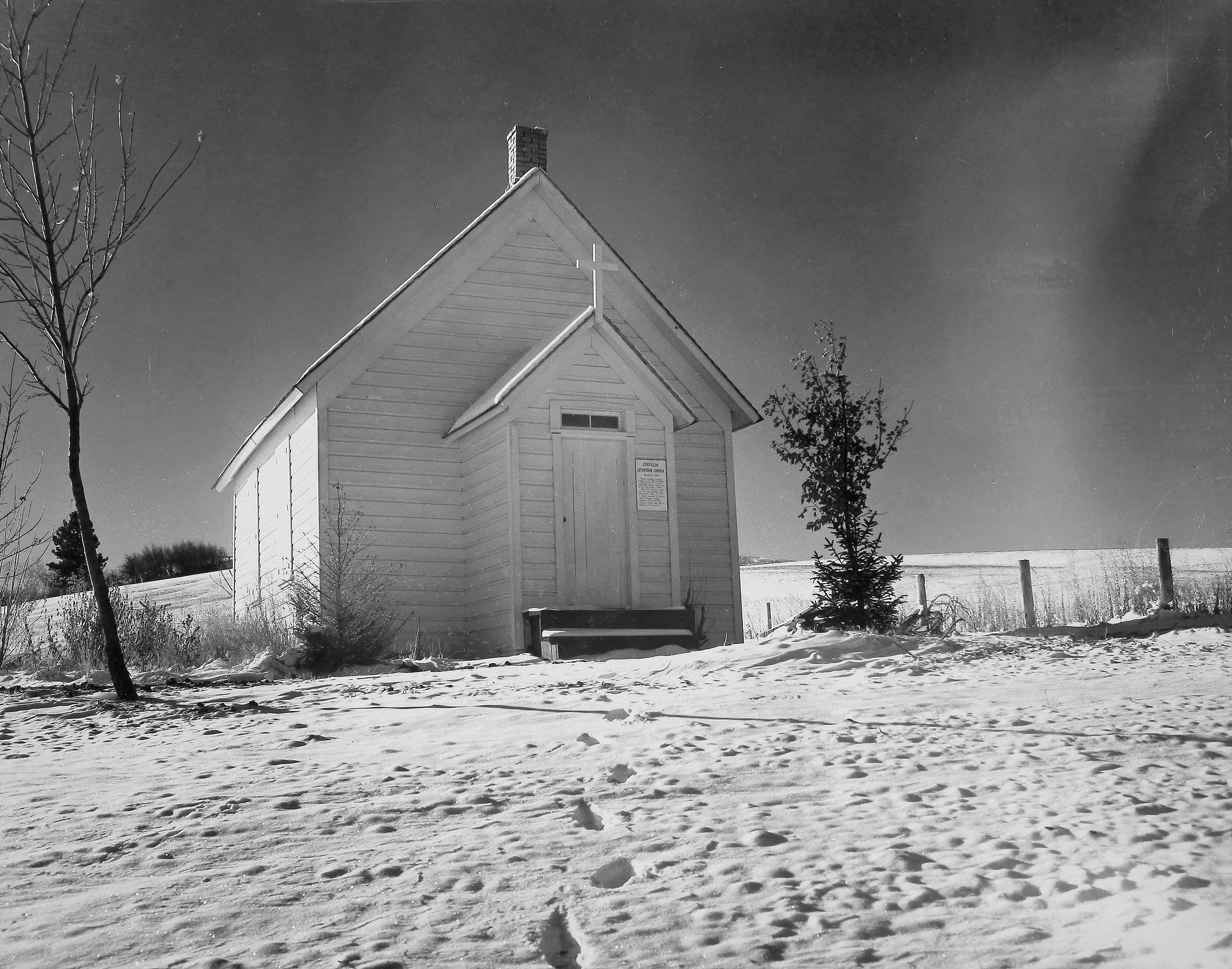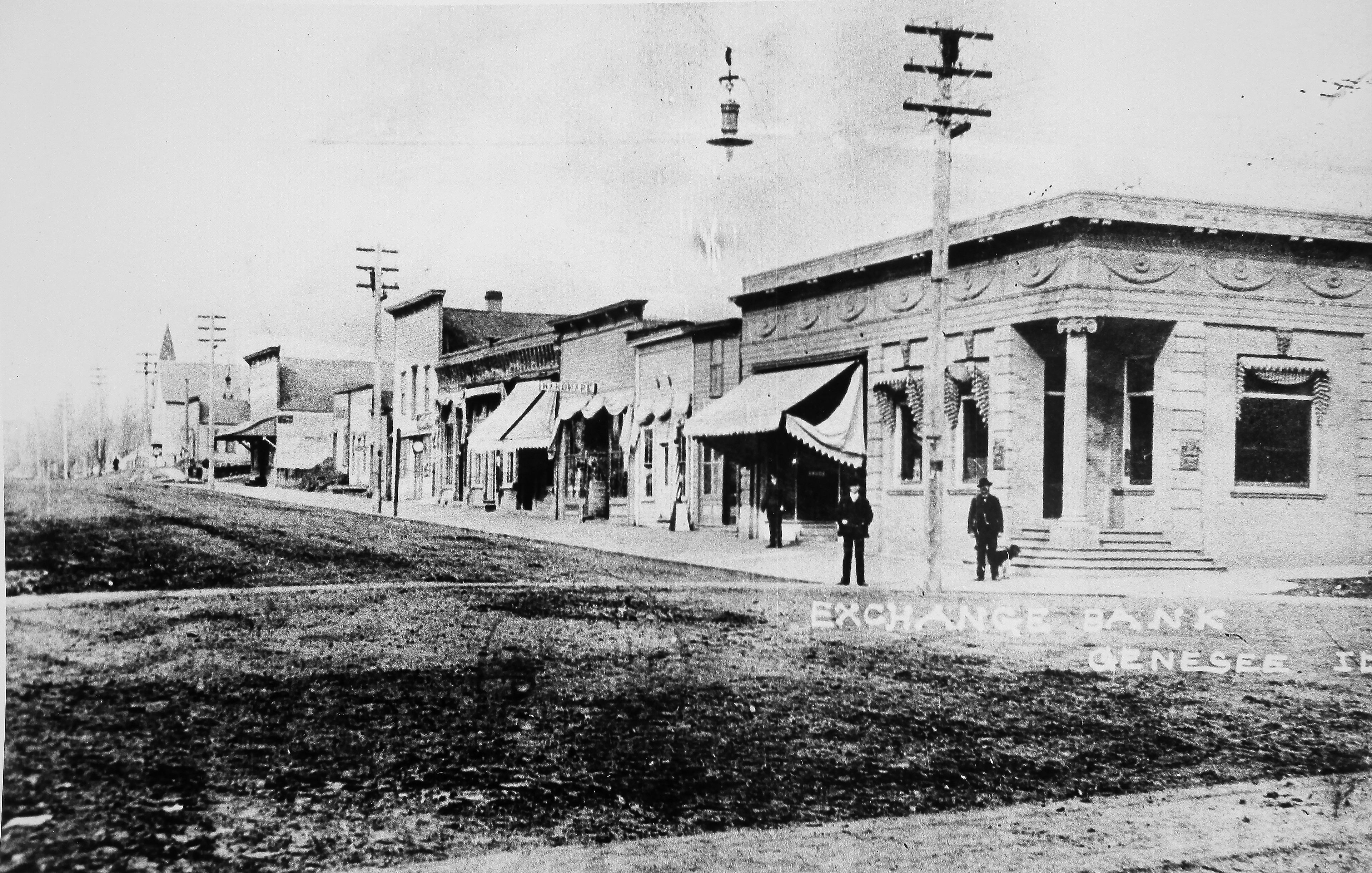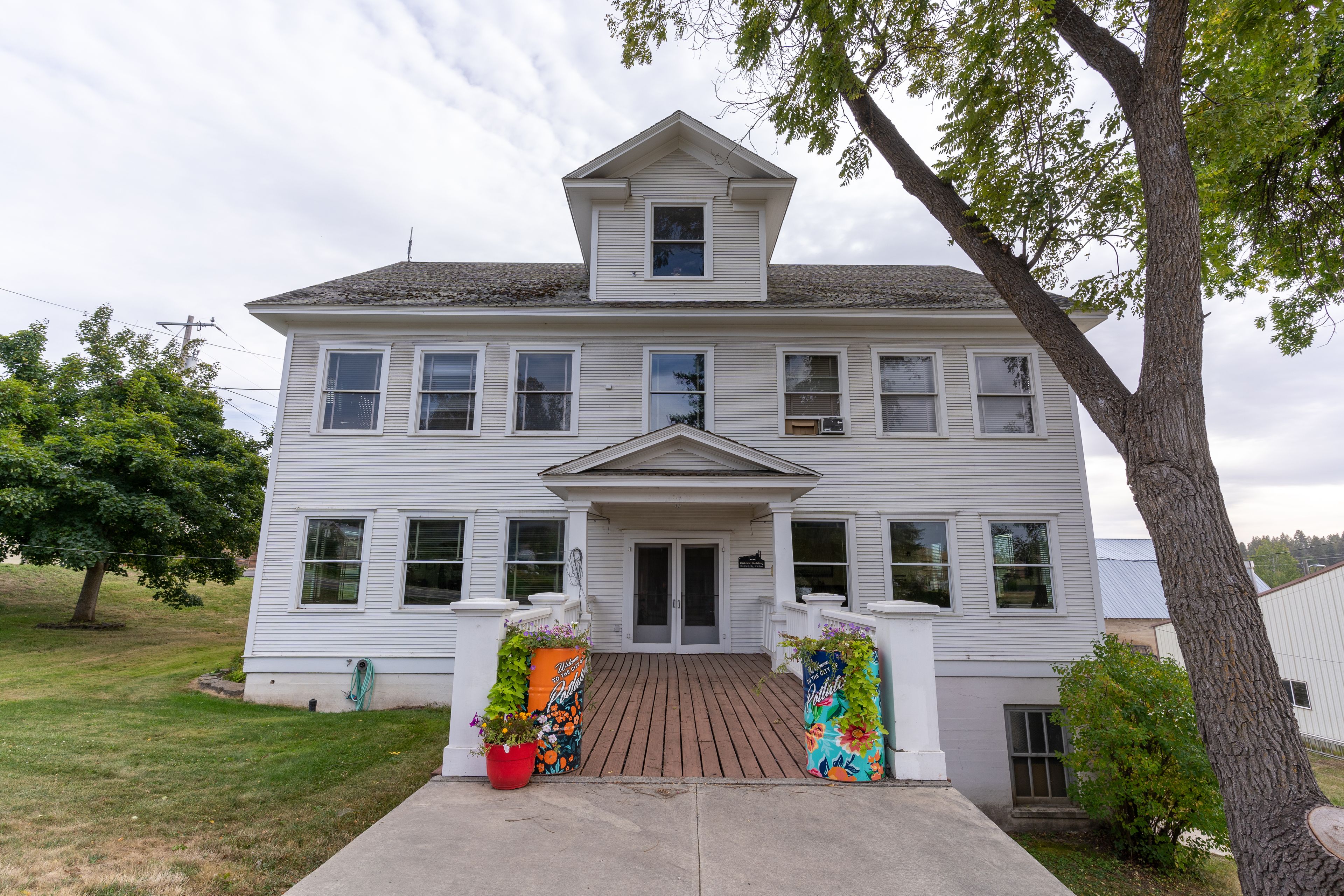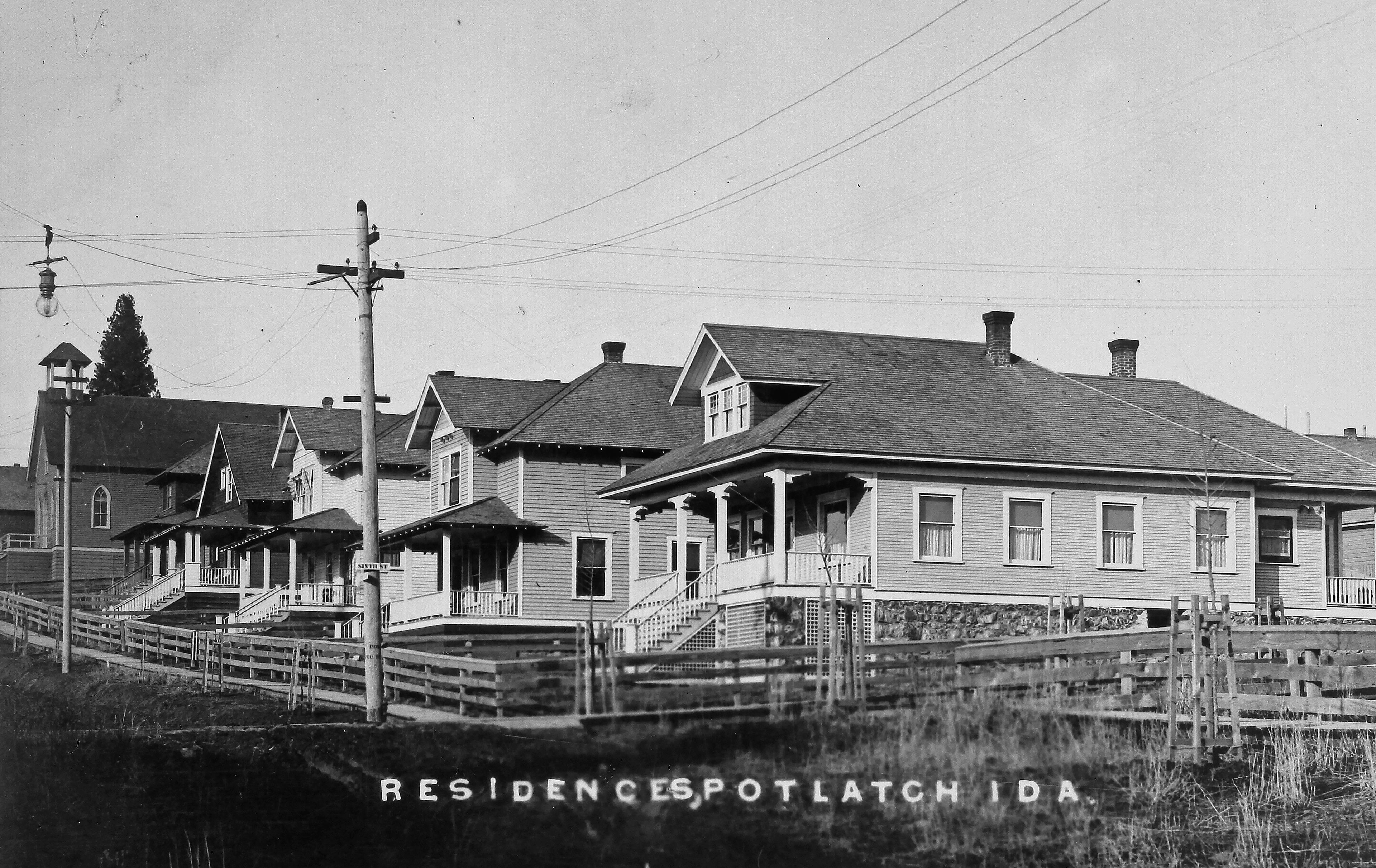Plan a tour of Latah County to wrap up the summer season
Although the return of college students may make it feel like summer is over far too soon, there is still time to check items off your seasonal bucket list. Might I suggest taking a leisurely drive around Latah County? From the shady forests near the county’s northern border, through the rolling hills of the Palouse and down into the canyonlands of the Potlatch River drainage, there are more than enough interesting and picturesque spots to fill a day’s itinerary. If you need help planning an excursion, I hope you will check out one of the University of Idaho Library’s newest digital collections, “Latah County Historic Places” (lib.uidaho.edu/digital/latahsites).
“Latah County Historic Places” is a collaboration between the Latah Preservation Commission (LPC) and the Library. Each featured site was selected and described by commission volunteers, and those descriptions were originally shared in printed versions of the map. The printed map, while useful for many, did not include photographs of the sites. The new digital version of the touring map offers contemporary photos of each location as well as historic images to illustrate the ongoing significance of 90 structures and landmarks around the county.
One of those noteworthy landmarks is Cordelia Lutheran Church, the oldest standing Lutheran church building in the state. It was constructed in 1883 by Swedish Lutheran immigrants, and services were offered at the church until 1920. For many years after, the building sat vacant. In 1948, renewed interest in the little country church saved it from further deterioration. Since that time, generations of dedicated volunteers have taken care of the space and infused it with life. Be sure to visit cordeliachurch.org to find their summer concert schedule.
The collection highlights some well-preserved commercial buildings that help tell the story of economic growth and community development in Latah County. The detailed brick facade of Genesee’s Exchange Bank building, for example, reflects impressive wealth that existed in the farming community at the turn of the century. From the time of its construction in 1904 until the Depression of the 1930s, the bank operated at the corner of Fir Street and Walnut Avenue while a drug store owned by Fred Dicus occupied the western side of the structure. In more recent decades, the Post Office has resided in the building, along with other retail ventures.
While farming drove the development of southern Latah County, it was timber that built communities like Potlatch and Deary. Potlatch’s City Hall is an enduring piece of that history. The Potlatch Lumber Company constructed the building in 1917 as its Administrative Building. From those offices, company leaders oversaw the many services offered in a company town, including the hospital, general store, fire department and employee housing. There are other notable company assets profiled in the collection, like the Worker’s Neighborhood, Nob Hill houses and the gymnasium.
The LPC works to preserve, promote and educate the public about the historic physical fabric of Latah County, Idaho. It pursues its mission by submitting nominations to the National Register of Historic Places, installing smart signage at historic sites, conducting walking tours, writing brochures, printing flyers, designating historic sites/districts and supporting Idaho’s heritage organizations. The commission is a certified local government that receives funding from Latah County and the National Park Service.
Kersting-Lark is the head of special collections and archives at the University of Idaho libraries.






